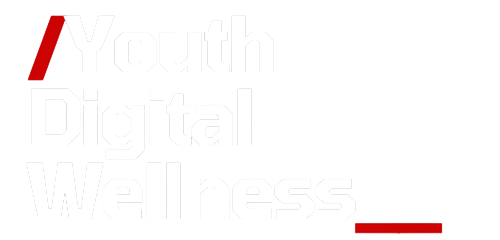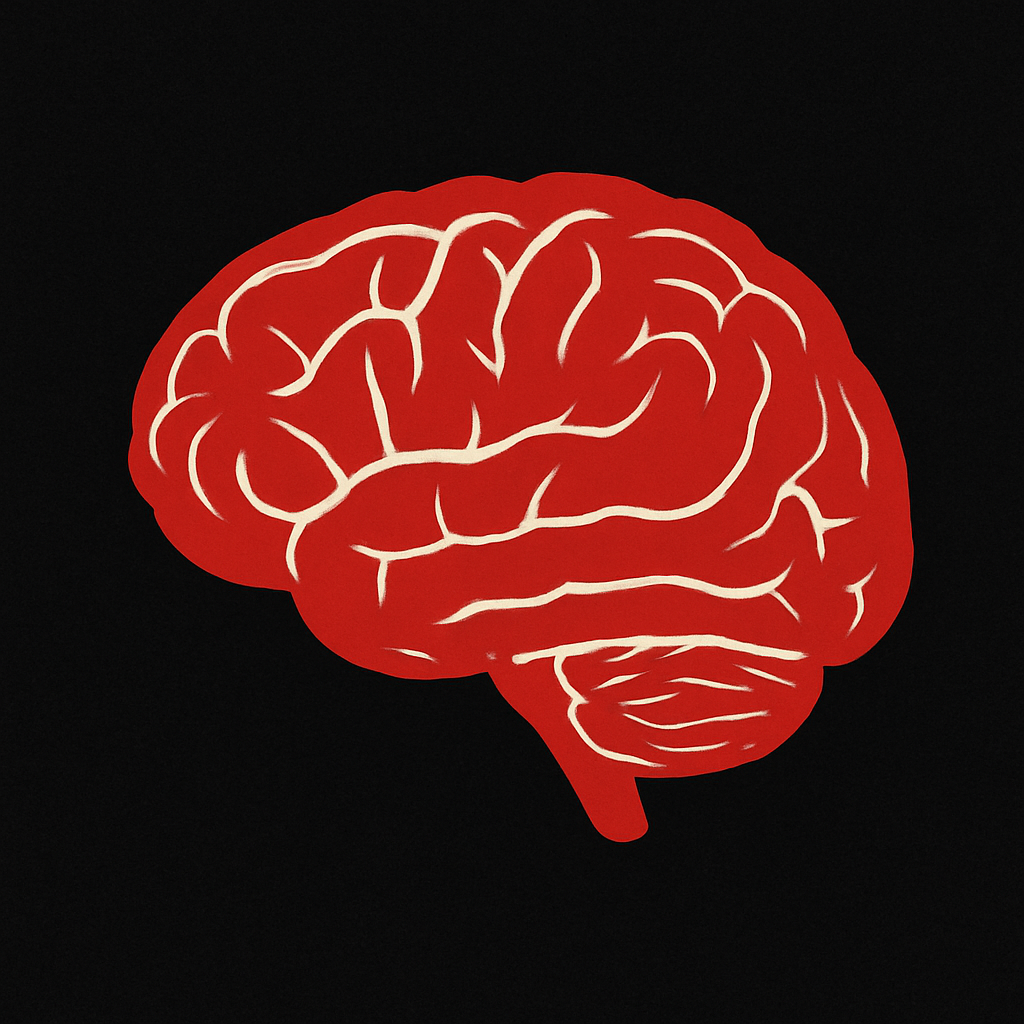Tech platforms are designed to win time, attention, and identity—especially from the young.
They exploit neuroplasticity (the brain’s ability to rewire with repetition) and known adolescent vulnerabilities using dark patterns like infinite scroll, autoplay, and variable rewards. The result is a system that conditions compulsive use, displaces sleep, drives anxiety, and ties self-worth to metrics.
But amid this crisis, a movement has emerged: Youth Digital Wellness (YDW). YDW is building an awareness campaign to save a generation already paying the price of this engineered addiction.
1) The Business Model: Time Harvesting
Platforms don’t primarily sell products; they harvest attention and auction it to advertisers.
-
North-star metrics: daily active users, time-on-platform, and stickiness.
-
Growth at all costs: features are deployed if they increase minutes—even when flagged as harmful to youth.
-
Behavioral surplus: every click becomes training data to manipulate the next click.
“If attention is the currency, compulsion is the mint.”
2) Hijacking Neuroplasticity
Neuroplasticity allows the brain to adapt, but tech giants hijack it to train compulsive loops:
-
Variable rewards: likes and notifications arrive unpredictably, fueling craving.
-
Infinite loops: no end signals; feeds and videos auto-continue.
-
Social triggers: metrics like followers and streaks wire identity to platforms.
Youth Digital Wellness calls this what it is: a deliberate hijack of the brain’s wiring, not an innocent by-product.
3) Why Youth Are Uniquely Exposed
The teenage brain is a construction site. Reward centers mature faster than self-control. That means:
-
Faster habit formation.
-
Higher reactivity to peer validation.
-
Greater vulnerability to sleep loss and anxiety.
This is why the founder of Youth Digital Wellness, herself a teenager, saw classmates collapsing under comparison, sleepless nights, and anxiety loops—and decided to fight back.
4) The Damage Ledger: Who Pays the Price?
-
Youth: fractured attention, mood disorders, sleep disruption.
-
Families & schools: conflict, loss of learning focus.
-
Healthcare systems: rising costs of mental health services.
-
Society: polarization, misinformation, civic disengagement.
The real bill is being paid by children, parents, teachers, and communities. Tech giants profit; society absorbs the cost.
5) Youth Digital Wellness: A Campaign of Resistance
The Youth Digital Wellness movement was founded to challenge the status quo. Its mission is to:
-
Build awareness campaigns in schools and communities.
-
Offer digital toolkits, detox calendars, and self-assessments that empower youth and families.
-
Publish blogs and awareness content highlighting the hidden harms.
-
Bring together educators, mental health experts, policymakers, and global organizations like WHO and UNICEF to take coordinated action.
“We cannot wait for tech giants to grow a conscience. We must equip this generation to reclaim its freedom.”
6) Reclaiming the Future
The founder of YDW often says: “I may just be one student, but I know my generation’s freedom is worth fighting for.”
This initiative is not about banning phones—it’s about teaching balance, resilience, and self-awareness. It’s about equipping youth to recognize manipulation and resist it. It’s about saving the generation from the damage already done.
7) A Call to Action
-
For policymakers: regulate design, restrict exploitative practices, enforce duty of care.
-
For schools: integrate digital wellness into the curriculum.
-
For parents: set boundaries, model balance, and join the conversation.
-
For youth: become ambassadors of your own future—question the feed, reclaim your time.
Closing Words
This is a dirty game, but it can be ended. Youth Digital Wellness is planting the seeds of resistance—a grassroots campaign from within the very generation most at risk.
The choice is clear: either let Big Tech continue hijacking neuroplasticity to manufacture addiction—or stand with movements like YDW to reclaim health, time, and freedom for today’s youth and tomorrow’s leaders.
Children should be learning with technology—not being learned by it.

Driven by a vision to educate and inspire, she began a mission to raise awareness about the hidden harms of the digital world. Her unique ability to express these challenges and her courage to stand alone in this fight make her voice powerful. She may not know how far her mission will go, but every day she works hard, determined to help young people take back control of their lives and build a healthier future beyond the screen


Leave a Reply